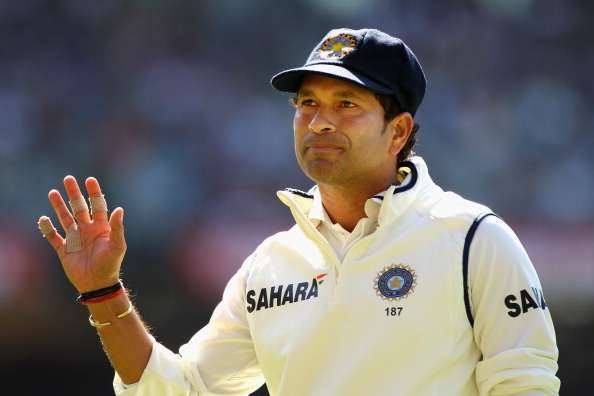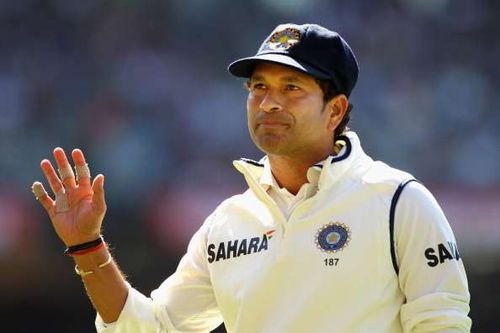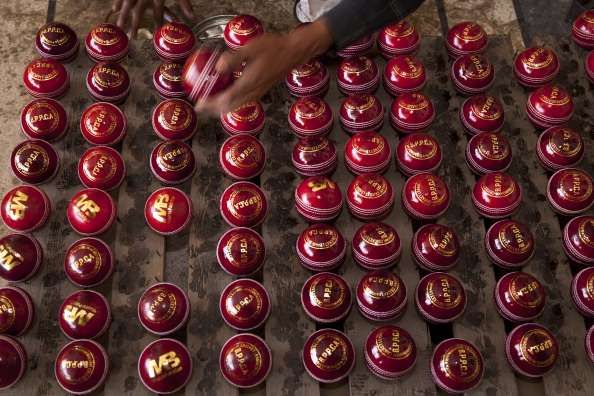
5 interesting suggestions from Sachin Tendulkar to keep Cricket relevant

For those who love cricket, it is not a sport, but a religion. The obsession with the game never really disappears either, especially if you have played it at some point in your life. One can only imagine what cricketers go through after retirement, especially when had long careers. No career has been longer than the man who played 200 Test matches.
It has been more than a couple of years since the Little Master retired from international cricket. However, he is involved in the game in more ways than one. The man who co-partnered Shane Warne to organise a few games for retired international cricket stars in the USA is constantly thinking about the game.
He keeps coming up with interesting proposals to not only make cricket more exciting but also take it to a greater number of people. The times are a changing and the influence of T20 cricket and a generation that needs everything delivered rapidly has changed ODI cricket and Test cricket for good.
There are plenty of tours and tournaments, and it is hard to keep a game relevant especially if it is played across three formats. Here are five of Sachin’s most interesting and innovative suggestions to keep cricket more dynamic while fixing some of its flaws.
#1 Two pitches, two different balls

The most recent of his suggestions was around how India viewed its premier domestic tournament, the Ranji Trophy. Sachin suggested that every match be played on two different tracks – the first and second innings on a green top and the third and fourth on a turning track.
Sachin had also suggested, considering how Indian bowlers struggle abroad, that domestic matches be played with two balls – a Kookaburra ball that Indian spinners find hard to grip and the indigenous SG Ball. The suggestion has merit when you consider how Indian batsmen suffer abroad when the ball is doing a lot off the pitch and at pace.
However, the implementation could be difficult considering preparing two pitches side by side on the same ground and preventing fielders from running on the second one while the first is being played on is tough.
Secondly, it could be problematic when teams are looking for wins and overall improvement of players, in the long run, is not exactly on their mind. It is food for thought for the domestic cricket administrators and can help batsmen and bowlers get the first-hand experience of batting on all kinds of surfaces.